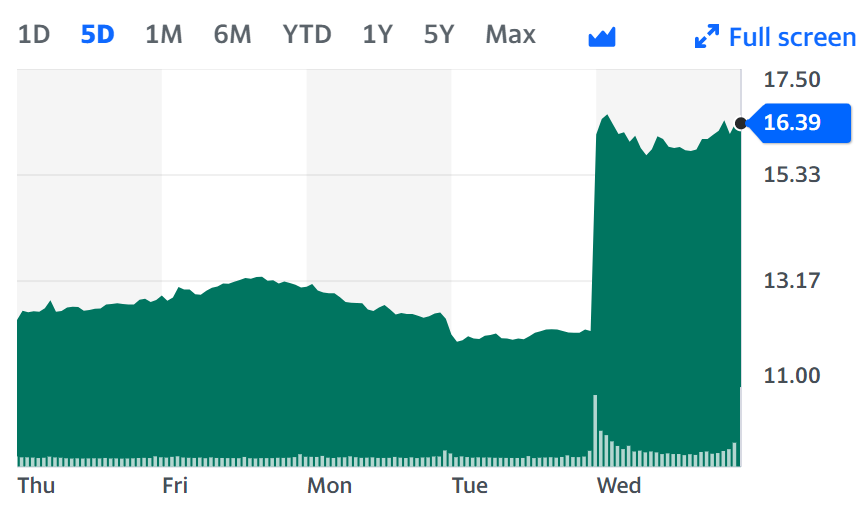Grammy CEO Models Crisis Recovery
/Recording Academy CEO Harvey Mason Jr. delivered a surprising speech during the 2025 Grammy Awards, directly addressing criticism of the awards and explaining actions taken.
He described the situation when he became CEO in 2020. He said some artists were “pretty vocal in their complaints” and described reading about the Weeknd’s boycott in the newspaper. This approach gives us a window into the personal impact and might engender compassion:
I remember waking up to the headlines that the Weeknd called out the Academy for lack of transparency in our awards. He went so far as to announce he was boycotting the Grammys. That made for some interesting reading over breakfast. But you know what? Criticism is, okay. I heard him. I felt his conviction.
Next, Mason described the Recording Academy’s “transformation,” including new initiatives and a more diverse voting body. As he ends this segment, he promises, “I firmly believe we’re on the right path,” but he says there’s still work to do.
Finally, he transitions to introduce the Weeknd!
As we've seen tonight, music is a powerful force for good. It heals us, it unites us, and we need that in this city right now. With that in mind, on a truly special night, what better way to bring us together than this next artist? Someone who has seen the work the Academy has put in. I'm so honored to leave you with a sentence that I wasn't sure would ever be said on the Grammy stage again. My friends, my fellow music makers, please join me in welcoming back none other than four-time Grammy-winning artist and global superstar, The Weeknd.
This is a preventable (not victim or accidental) crisis situation, so the Academy had to take responsibility and do better. In their book, Communicating in Extreme Crises: Lessons From the Edge, Elina R. Tachkova and W. Timothy Coombs might call this an “extreme crisis,” which requires more significant actions in response. Mason described them well, and his delivery is appropriate for the awards ceremony: scripted but conversational. This is a good example for students to analyze.














